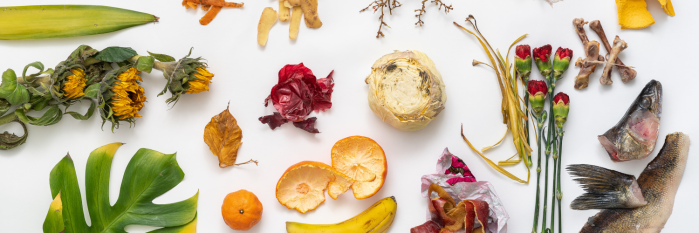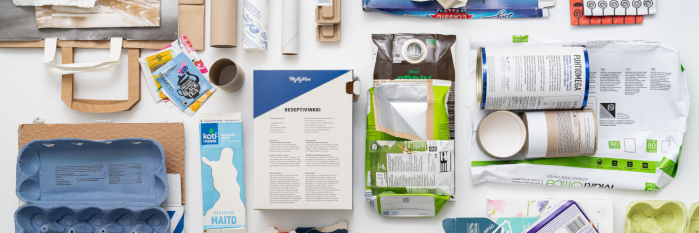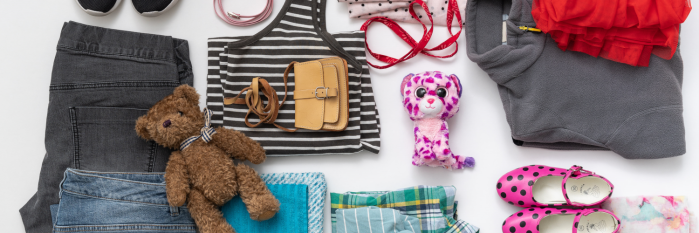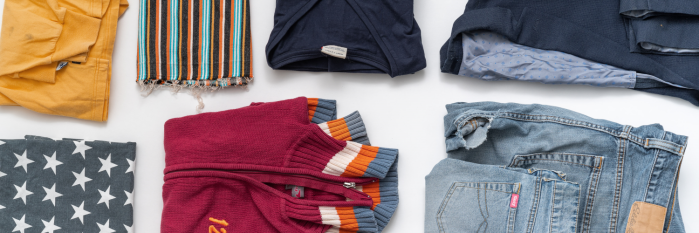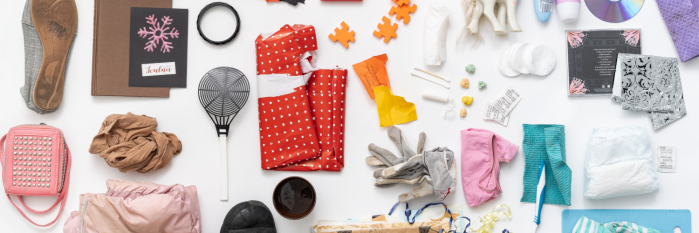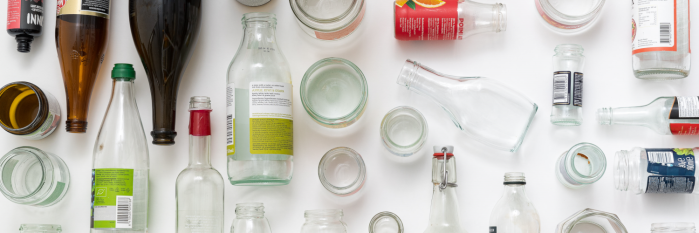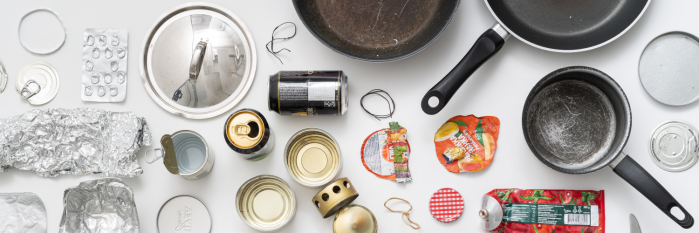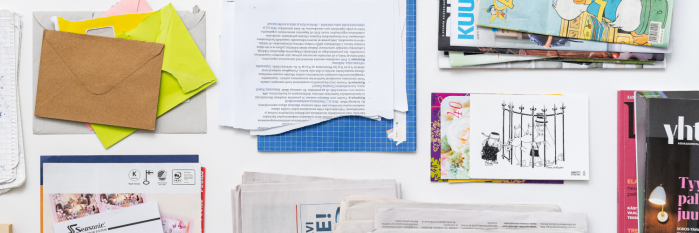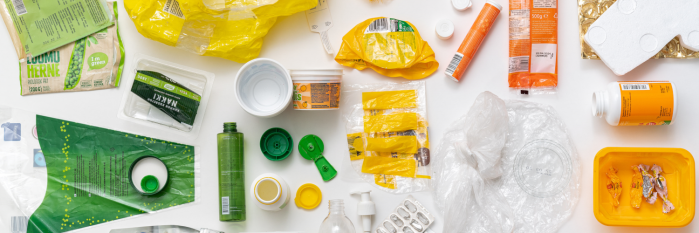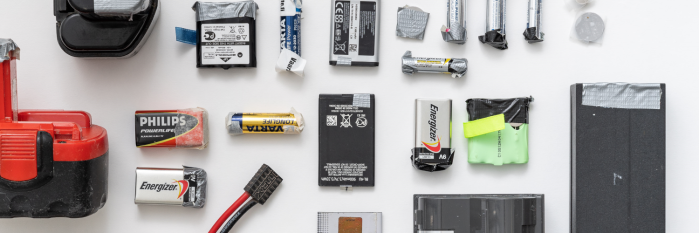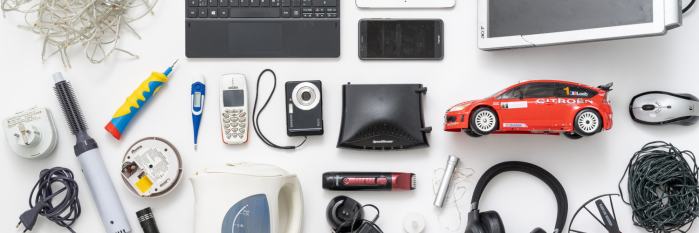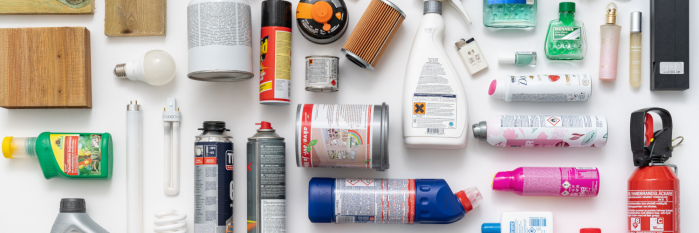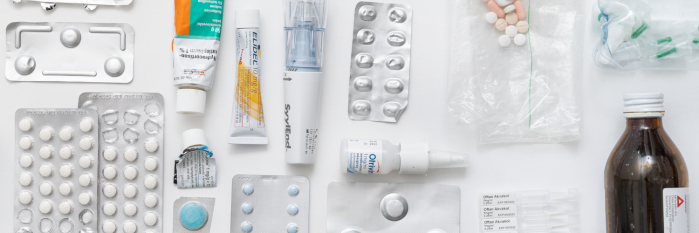Customer service, phone 9 am to 3 pm 9 am to 3 pm 9 am to 3 pm 9 am to 3 pm 9 am to 3 pm Closed Closed 1.1.2025 Closed 6.1.2025 Closed 1.5.2025 Closed
Kontiokaari Self-Service Waste Sorting Centre 6 am to 10 pm, staff on site 1 pm to 7 pm 6 am to 10 pm, staff on site 1 pm to 7 pm 6 am to 10 pm, staff on site 1 pm to 7 pm 6 am to 10 pm, staff on site 9 am to 3 pm 6 am to 10 pm, staff on site 9 am to 3 pm 6 am to 10 pm 6 am to 10 pm 1.1.2025 6 am to 10 pm 6.1.2025 6 am to 10 pm 1.5.2025 6 am to 10 pm, no staff on site
Liperi Self-Service Waste Sorting Centre 6 am to 10 pm 6 am to 10 pm, staff on site 2 pm to 6 pm 6 am to 10 pm 6 am to 10 pm 6 am to 10 pm 6 am to 10 pm 6 am to 10 pm 2.1.2025 Closed 3.1.2025 Closed 4.1.2025 Closed 5.1.2025 Closed 6.1.2025 Closed 7.1.2025 2 pm to 6 pm 8.1.2025 Closed
Ilomantsi Waste Sorting Centre 9 am to 1 pm Closed Closed 3 pm to 7 pm Closed Closed Closed 6.1.2025 Closed 1.5.2025 Closed
Kontiolahti Waste Sorting Centre 3 pm to 7 pm Closed Closed 9 am to 1 pm Closed Closed Closed 6.1.2025 Closed 1.5.2025 Closed
Polvijärvi Waste Sorting Centre Closed 9 am to 1 pm Closed 2 pm to 6 pm Closed Closed Closed 26.12.2023 Closed 1.5.2025 Closed
Kontiosuo Waste Handling Centre 8 am to 4 pm truckloads 8 am to 4 pm truckloads 8 am to 4 pm truckloads 8 am to 4 pm truckloads 8 am to 4 pm truckloads Closed Closed 1.1.2025 Closed 6.1.2025 Closed 1.5.2025 Closed


